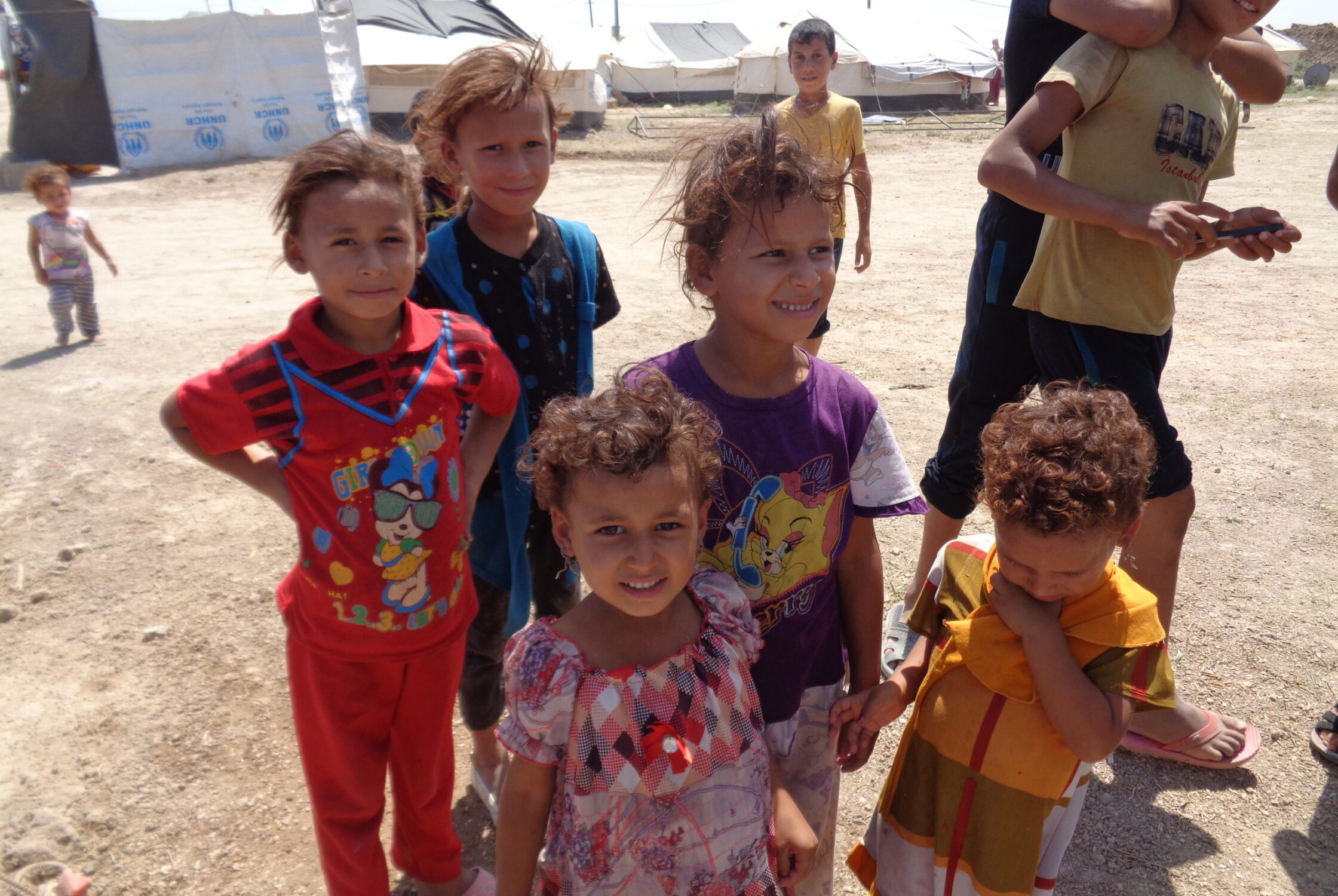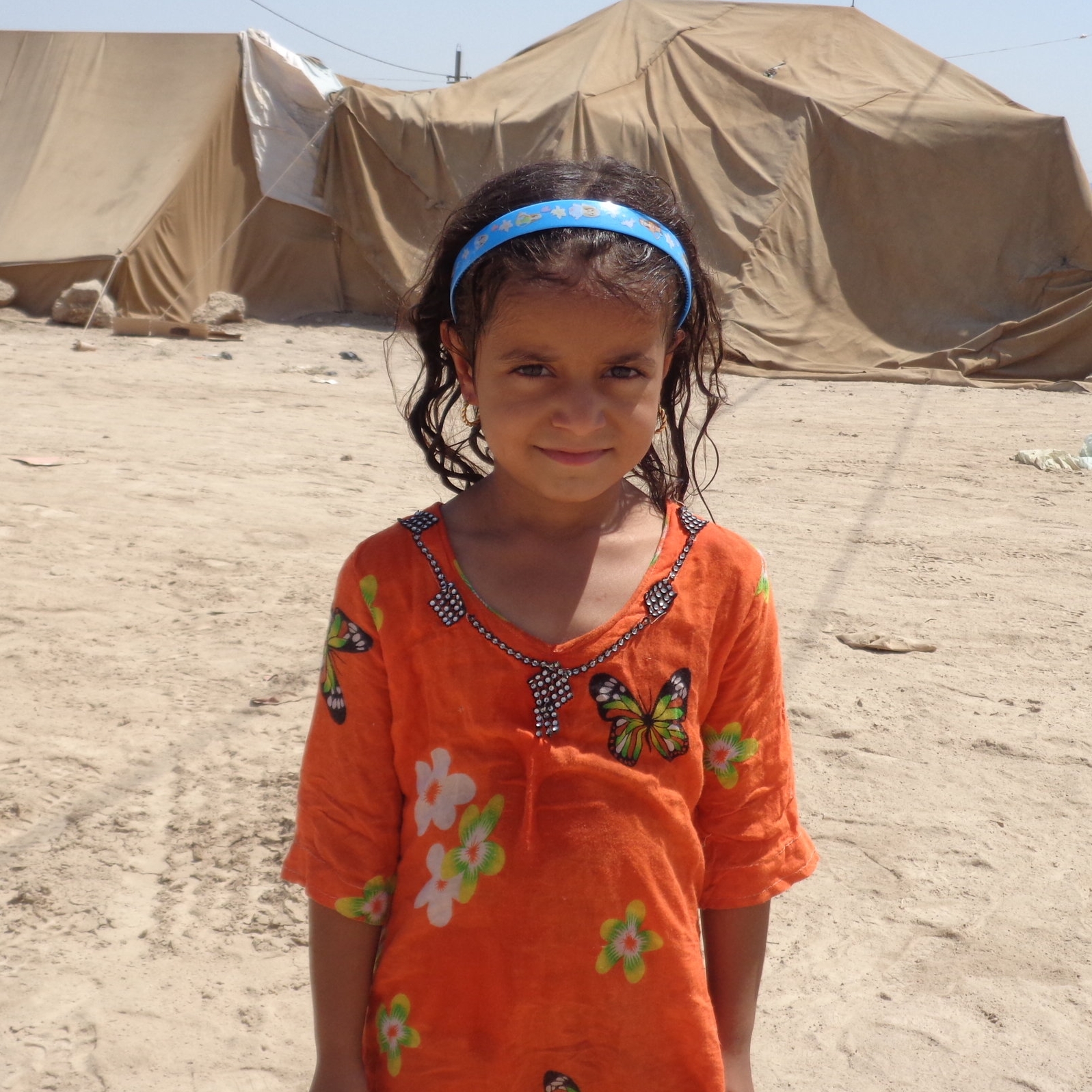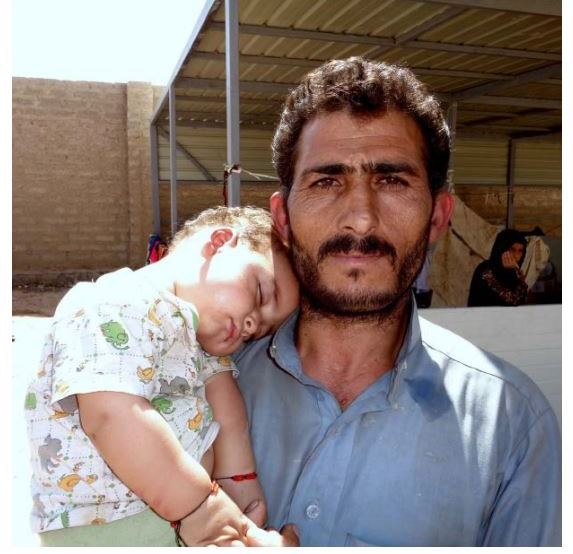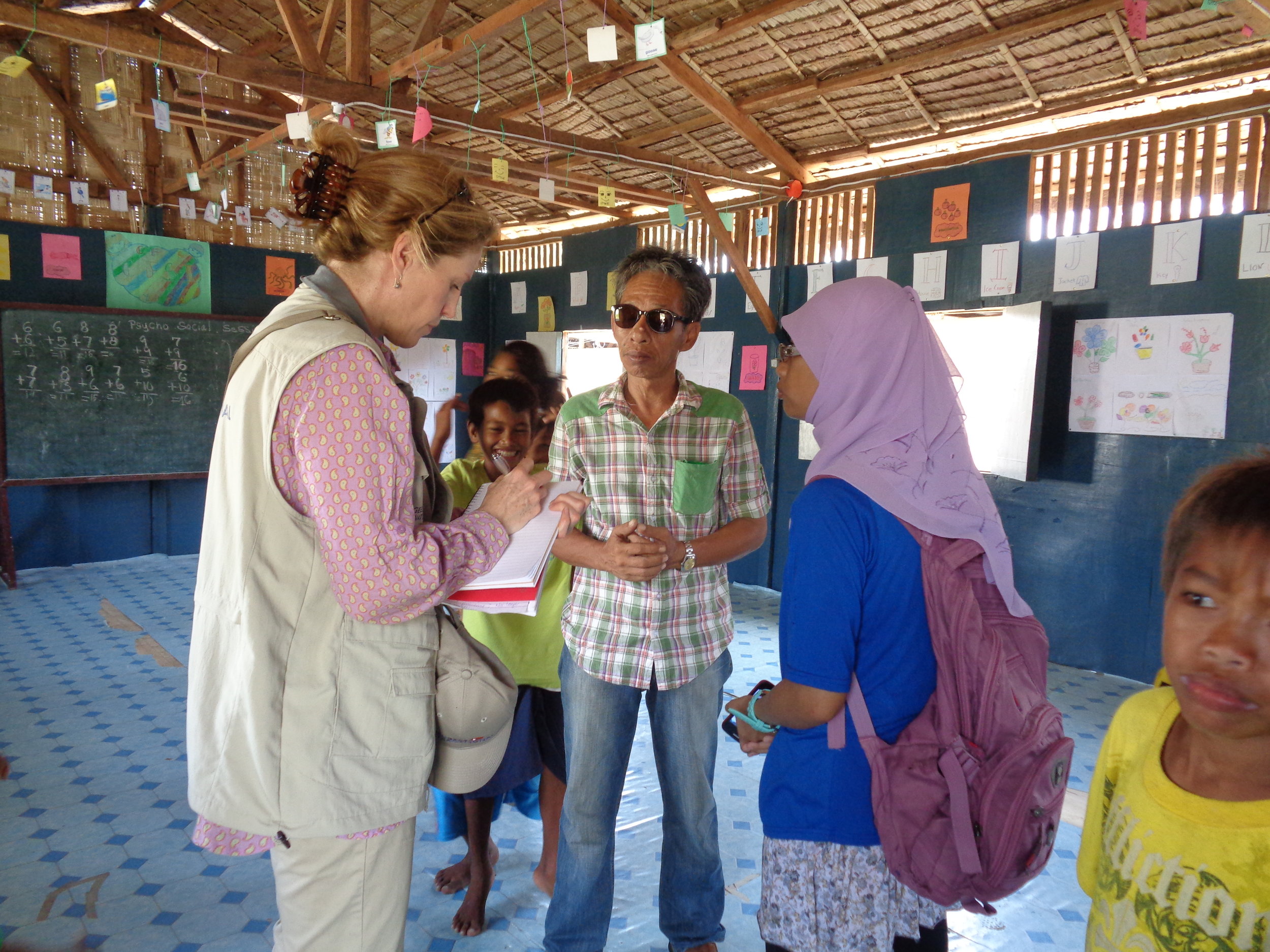Q&A on President Trump’s Refugee Ban

Following the announcement of President Donald Trump’s Executive Order halting the entrance of refugees into the United States, Refugees International has assembled the following Q&A on the refugee ban to help clarify the Order’s reach and impact.
Editor’s Note: On February 9th, the Ninth Circuit Court of Appeals rejected the appeal by the Trump administration to reinstate President Trump’s Executive Order barring refugees and immigrants – predominantly from seven Muslim majority nations – from entering the United States. So long as there is a stay on the ban, refugees are permitted to resettle in the United States as if the January 27th Executive Order had never been signed. Ultimately, the legality and constitutionality of the Executive Order is likely to be brought before the Supreme Court. Refugees International is following the legal proceedings closely.
What is the “refugee ban”?
Through an Executive Order signed on January 27, 2017, President Trump placed a temporary ban on the resettlement of refugees, from ANY country, into the United States. Citing national security concerns, Trump ordered the suspension of the U.S. Refugee Admissions Program (USRAP) for an initial period of 120 days. Refugees from the world-over are affected by this ban, from Latin America, to Africa, to the Near East, to the Middle East. The order stipulates that the suspension of the resettlement of refugees from Syria is indefinite.
Over the next four months, the Secretary of State, in conjunction with the Secretary of Homeland Security and in consultation with the Director of National Intelligence, are expected to review the USRAP vetting process “to ensure that those approved for refugee admission do not pose a threat to the security and welfare of the United States.” During the 120-day review period, individual exemptions can be made on a case-by-case basis under very narrow criteria.
Has Refugees International responded to the ban?
Refugees International (RI) categorically condemns this Executive Order, including the rationale behind it. The Executive Order has upended the lives of those who have sought resettlement to the United States, caused deportations, undermined the U.S. leadership role and credibility in responding to refugee crises, and sent a damaging signal to other countries that are considering closing their borders and expelling refugees. Further, the U.S. resettlement vetting process is already intense, thorough, and yes, even “extreme.” Through this order, the United States is erroneously associating refugees as akin to the very terrorists, warmongers, and persecutors they have fled. Please see our statement here.
What happens after 120 days?
The Secretary of State is expected to resume the resettlement of refugees to the United States for nationals of countries for which the additional screening measures are deemed “adequate to ensure the security and welfare of the United States.” So we do not know how this will be interpreted or which countries will be chosen. Once the USRAP program resumes, however, prioritization for resettlement will go to those individuals claiming religious-based persecution – provided they are a religious minority in their home country. While not explicit in the Executive Order, President Trump has stated his intention for the United States to prioritize the resettlement of Christian refugees, a policy that would contravene the principle of providing protection based primarily on vulnerability, which may or may not be related to religious persecution.
For Fiscal Year 2017, the U.S. has placed a resettlement limit at 50,000 refugees, down from the previously designated limit of 110,000. Therefore, even if the program resumes in four months, 60,000 people who were to be resettled in the United States have been denied that path to protection. This has devastating consequences not only for the people directly involved, but it places an additional responsibility on the countries currently hosting refugees to care for them. Many of those countries are already struggling to provide for large numbers of displaced persons. For example, see our reports on Syrian refugees in Turkey, Somali refugees in Kenya, and internal displacement in Iraq.
How are refugees individually impacted by the ban, and what percentage of refugees are normally offered the opportunity to be resettled?
According to the UN Refugee Agency, less than one percent of the world’s refugees are resettled annually to third countries, like the United States.
Traditionally, refugees whose lives, liberty, safety, health or other fundamental human rights are deemed to be at risk are considered for resettlement. The United States, in its admission process, prioritizes UNHCR-identified cases of women-at-risk, people in need of medical treatment, unaccompanied children, and those that have family in the United States with whom they could reunite.
The refugee ban means refugee women and girls living in dangerous places will remain at risk of sexual violence and other forms of gender-based violence, refugees will not get access to life-saving treatment, unaccompanied children will remain at risk of exploitation, and refugees will remain separated from their families in the United States. Refugees who were already preparing for transit to the United States are now particularly vulnerable, as they have severed ties with their communities and sold all their belongings. For more, see this article on Somali refugees stranded in Kenya as a result of the ban.
What is the global impact of the refugee ban?
Founded as a country of refugees and migrants, the United States has taken pride in its historic role as refuge for those who flee conflict and suffering, including as the lead architect of the collective post-World War II human rights and humanitarian structures. The refugee ban undermines that role. Last September, the United Nations hosted a major summit that sought to broaden responsibility-sharing for refugees worldwide and improve the humanitarian response to regional refugee crises. The next day, President Obama held a leaders summit wherein member states, including the United States, made concrete commitments aimed at increasing financial contributions to UN refugee appeals, expanding opportunities for refugees to go to school and have the right to work, and increasing the resettlement numbers. The United States has now backed away from its own commitments on resettlement, so there is a real risk that other countries will back away from theirs. According to UNHCR, 86 percent of the world’s refugees are hosted by developing countries. Will poor countries keep their borders open and continue providing asylum to refugees, while wealthy countries are closing doors?



What is the current scale of the global refugee crisis?
According to UNHCR, there are currently 21.3 million refugees worldwide – the most at any time since World War II. A refugee is person who has been forced to leave his or her country because of persecution, war, or violence.
Today, the majority of refugees come from Syria, Afghanistan, and Somalia, as well as South Sudan, Myanmar, and Iraq, among a number of other countries. Additionally, there are more than 40 million people who are displaced internally due to conflict, and each year 26.4 million people on average are displaced by natural disasters, primarily floods, hurricanes, and cyclones.
If only one percent of refugees are resettled, what happens to the other 99 percent?
The vast majority of refugees live in a country which neighbors the country they fled. For example, most Somali refugees live in Kenya and Ethiopia, most South Sudanese refugees are in Uganda, and most Syrian refugees have fled to neighboring Turkey, Jordan, Lebanon, and Iraq. About half of the world’s refugees live in sprawling camps, and the other half are in urban areas and villages, supported by host communities.
Due to the number of ongoing, protracted conflicts around the globe, many refugees spend decades across the border from their home countries before they can return, if ever. In Dadaab, the world’s largest refugee camp at 275,000 people, located in north eastern Kenya, there are at least 10,000 refugees who have been born to refugee parents, who were themselves born in the camp.

What is Refugees International doing?
As an independent organization that for more than 38 years has carried out field missions and advocated for lifesaving assistance and protection for displaced persons and solutions to displacement crises, RI is deeply alarmed by recent changes in U.S. refugee policy.
The team at RI, with your support, is now more resolved than ever to be a fierce and independent advocate on behalf of innocent men, women and children fleeing war, persecution, and climate disasters around the globe. And we will continue to remind the U.S. political leaders of America’s rich history and commitments to assisting and protecting the world’s most vulnerable and to hold government officials accountable when they fail to do so.

In the immediate weeks and months, RI has field missions planned to Turkey, Haiti, and Myanmar, among other locations, where we will document the protection needs of the most vulnerable, such as women and girls, and bring those stories directly to policymakers.
Click here to sign up for our newsletter and follow our work to amplify the voices of displaced people around the world.
What can you do?
We urgently need your help to protect the futures of refugees around the world. Please call your representatives in Congress at (202) 224-3121 to voice your objection to the Executive Order that puts severe limits on refugee resettlement in the United States and undermines U.S. global leadership on refugees.
Further, ask your members of Congress to support funding for refugee and humanitarian response efforts around the world.
To call or write to the White House, please follow this link.